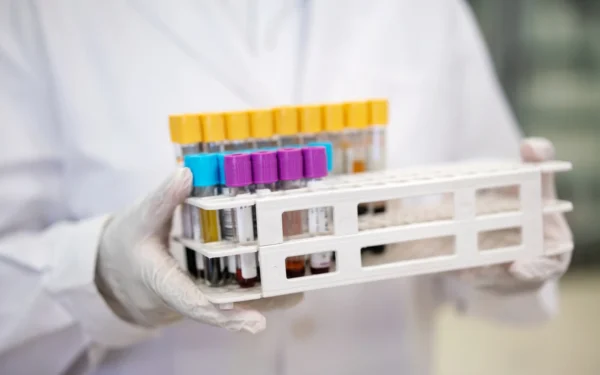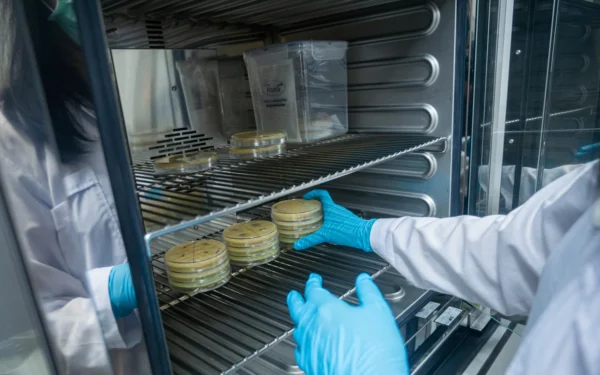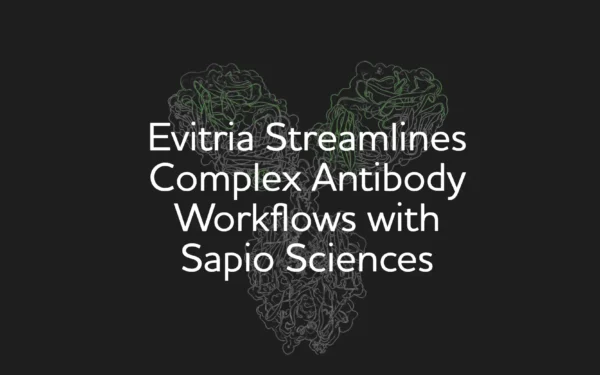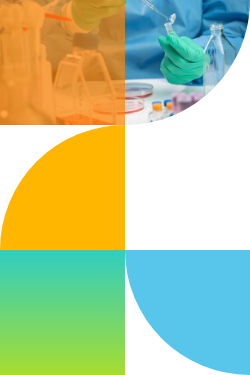
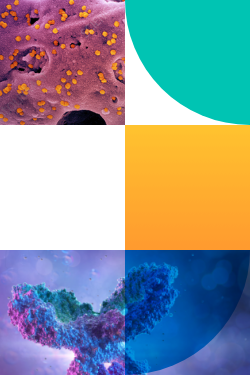
Lab Informatics Resources
Free tools and resources on science-aware™ lab informatics.
Q&A with Eric Hess: From Architecting Solutions to Enabling Partnerships
When Eric Hess joined Sapio Sciences as one of the company’s first hires, he was looking for a role close to home. What he found was a company he could grow with and help shape. Over the past 12 years, Eric has evolved from application engineer to solutions architect (SA), playing a key role in guiding customers through complex implementations and helping refine Sapio’s platform along the way. Now, he’s stepping into a new chapter: enabling and supporting the company’s growing network of partners as Team Lead, Partner Enablement. Eric reflects on his journey so far, the lessons he has learned along the way, and what excites him most about this next chapter.

Could you tell me a little about yourself and how you ended up at Sapio?
After graduating from York College, I wanted to stay close to support my mother, so I started looking for opportunities nearby. Sapio was just getting off the ground at the time. I approached the founder directly and joined, I think, as the fifth employee. I started as an application engineer and was very hands on from the beginning, coding, building, and solving problems. That early experience gave me a deep understanding of the platform and our customers’ needs.
You’ve been with Sapio for over 12 years. What has kept you motivated and evolving within the company all this time?
It’s the room to grow. I’ve always had the chance to take on new challenges, whether it’s building new components, leading implementations, or now stepping into a partner enablement role. No two projects are ever the same, and the problems we’re solving, especially in science, are meaningful. That’s what has kept me here.
As a Solutions Architect, you’ve played a key role in some of Sapio’s largest and most complex implementations. Which project(s) challenged or changed you most, and why?
There are a few, but one that stands out is a project for a customer who needed a custom data loader with very specific rules and processing logic. It was a fun challenge. It built on earlier work I’d done with file parsing and instrument integrations, and it eventually led to what we now call the Complex Data Loader, which is now widely used across other customer systems and even internally.
Another major challenge was working on a high-volume implementation where we had to quickly pivot near the end of the project and rewrite a third of the system to meet performance requirements. At the time, we hadn’t dealt with that level of throughput. It was an intense two-week crunch. That experience taught me a lot about scale, and it ultimately made the platform stronger.
In those large-scale deployments, what did you learn about balancing customer vision with technical feasibility?
Setting expectations is everything. If a customer plans to process 100,000 samples a month, we need to know that upfront. That informs how we design the solution and which components we use. The earlier we understand their goals, constraints, and timelines, the better we can guide them toward solutions that are both effective and scalable, ideally without defaulting to custom builds that add complexity, cost, and risk.
Looking back, how would you describe the evolution of Sapio’s platform and your own thinking over the past decade?
We’ve come a long way, from five people to well over 100! And from custom-built solutions to a robust, mature platform with powerful out-of-the-box capabilities. In the early days, we had to build everything from scratch. Now we focus on refining and strengthening the components we’ve built, and enabling customers to get more value out of the platform without needing to reinvent the wheel. That shift has really influenced how I approach problem solving today.
You’re now stepping into a new role focused on enabling and supporting our partners. What excites you most about this transition?
I’m excited to help our partners be more successful. Internally, we have access to shared knowledge, Slack channels, engineering teams. Partners don’t have that. I’ve always felt we could do more to support them, and now I get to focus on that—creating better training materials, reviewing partner projects, answering questions, and helping them avoid pitfalls. I’m also looking forward to seeing how partners are using the platform in real-world situations. They often bring fresh ideas and new perspectives, and I think there’s huge value in sharing that knowledge more broadly, internally and externally. If someone solves a problem elegantly, others should benefit from that. I want to help build the feedback loops that make that possible.
The goal is to provide partners access to the same kind of expertise and context that an internal team member might have, so they can deliver better outcomes to their customers and build confidence along the way.
What do you see as the most common challenges partners face when delivering services, and how do you hope to help them overcome those hurdles?
Our platform is powerful, but also deep. Often, partners know just enough to get started but not enough to realize all their options. So if the one method they know doesn’t work perfectly, they often go straight to custom development. That can lead to higher costs, bugs, and more support issues. That’s where we come in: to help them recognize when out-of-the-box solutions might be a better fit and guide them toward those paths.
Having worked directly with customers for so long, how do you plan to transfer that deep contextual understanding to our partner network?
A few ways: First, we’re building hands-on training guides, videos, and other documentation that show not just what the features do, but how to use them in practice. Second, we’ll be mentoring partners by reviewing their project designs and offering feedback. These touchpoints give us a chance to share what we’ve learned internally over the years and help partners deliver higher-quality solutions from the start.
What personal values or working principles have guided you through the pressures of customer delivery, and how do those apply to partner success?
I always try to focus on what’s going to make the biggest difference to the end user. If we can shave hours off a customer’s workflow or reduce their error rate, that’s real value. I also bring a lot of rigor when it comes to anything clinical that could affect patients, being accurate and thorough.
How do you define a successful partnership? And what, in your experience, tends to make the difference between a good partner and a great one?
Success is when the customer gets a system that actually helps them. A system that makes their work easier, faster, and more accurate. The best partners understand exactly what they need and distinguish that from what they want. They come in prepared, make smart use of out-of-the-box tools, and collaborate with us when something needs extra attention. The toughest projects are usually the ones with unclear requirements or unrealistic expectations. With great partnerships, we avoid that from day one.
Outside of work, what keeps you grounded or, maybe, recharges you?
Family, for sure. I’ve got a wife and an awesome six-year-old daughter. After a long day, I like to unwind by cooking dinner because I can step away from the computer. I can stop worrying about keyboards and Slack messages, and I can just work on something that’s right in front of me with a simple set of instructions. And at the end, I get a nice meal! So that is my big stress reliever.
